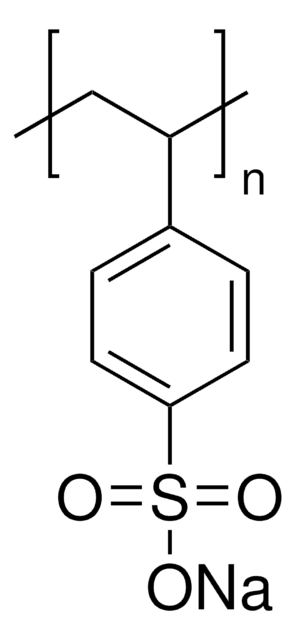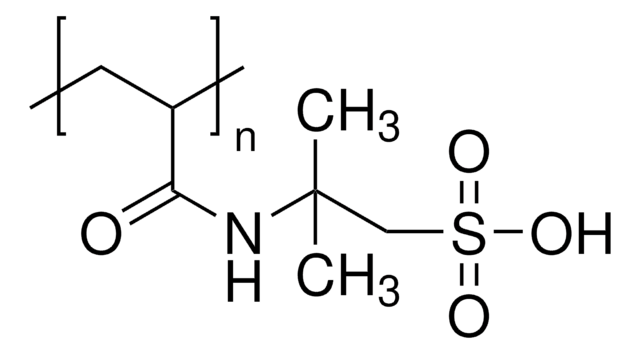推荐产品
生物源
rabbit
共軛
unconjugated
抗體表格
affinity isolated antibody
抗體產品種類
primary antibodies
無性繁殖
polyclonal
形狀
buffered aqueous solution
分子量
antigen ~105 kDa
物種活性
mouse, human, rat
技術
immunoprecipitation (IP): 1.5-1.8 μg using RIPA extract of 293T cells expressing recombinant human HDAC7
microarray: suitable
western blot: 1:2,000 using whole extracts of mouse NIH-3T3 cells
western blot: 1:500 using whole extracts of rat PC12 cells
UniProt登錄號
運輸包裝
dry ice
儲存溫度
−20°C
目標翻譯後修改
unmodified
基因資訊
human ... HDAC7(51564)
mouse ... Hdac7(56233)
rat ... Hdac7a(84582)
一般說明
Histone deacetylases (HDACs) are competing enzymes, belonging to histone deacetylase family. There are two classes of HDACs with six to seven different types of HDACs proteins. HDAC1, HDAC2 and HDAC3 belong to Class I HDACs and HDAC4, HDAC6, and HDAC7 belong to Class II HDACs. Class I HDACs consists of a single deacetylase domain at the N-termini and diversified C-terminal regions, while Class II contains a deacetylase domain at C-terminal position. HDAC7 is predominantly found in the cell nucleus and slightly in cytoplasm. HDAC7 shuttles between these two regions and this is controlled by 14-3-3 protein and calmodulin-dependent kinase I (CaMKI)
免疫原
synthetic peptide corresponding to amino acids 137-155 of mouse HDAC7 with N-terminal added lysine, conjugated to KLH.
應用
Anti-Histone Deacetylase 7 (HDAC7) (YS-19) antibody produced in rabbit has been used in:
- immunoblotting
- immunoprecipitation
- antibody microarray
生化/生理作用
HDAC7 belongs to class II of HDAC family and combines with MEF2 group of transcription factors, which is facilitated by theN-terminal domain of HDAC7. This binding blocks the transcriptional activity and prevents myogenesis. They are involved in development and differentiation processes in various tissues such as skeletal, cardiac, and smooth muscle, the bone, the immune system, the vascular system, and the brain. These signal-dependent co-repressors phosporylate at the regulatory N-terminal domain resulting in nuclear export.
外觀
Solution in 0.01 M phosphate buffered saline, pH 7.4, containing 1% bovine serum albumin and 15 mM sodium azide.
免責聲明
Unless otherwise stated in our catalog or other company documentation accompanying the product(s), our products are intended for research use only and are not to be used for any other purpose, which includes but is not limited to, unauthorized commercial uses, in vitro diagnostic uses, ex vivo or in vivo therapeutic uses or any type of consumption or application to humans or animals.
未找到合适的产品?
试试我们的产品选型工具.
儲存類別代碼
10 - Combustible liquids
水污染物質分類(WGK)
nwg
閃點(°F)
Not applicable
閃點(°C)
Not applicable
Bruna Barneda-Zahonero et al.
PLoS genetics, 9(5), e1003503-e1003503 (2013-05-23)
B lymphopoiesis is the result of several cell-commitment, lineage-choice, and differentiation processes. Every differentiation step is characterized by the activation of a new, lineage-specific, genetic program and the extinction of the previous one. To date, the central role of specific
Identification of intracellular proteins and signaling pathways in human endothelial cells regulated by angiotensin-(1-7)
Meinert C, et al.
Journal of Proteomics, 130, 129-139 (2016)
U Dressel et al.
The Journal of biological chemistry, 276(20), 17007-17013 (2001-03-30)
The overlapping expression profile of MEF2 and the class-II histone deacetylase, HDAC7, led us to investigate the functional interaction and relationship between these regulatory proteins. HDAC7 expression inhibits the activity of MEF2 (-A, -C, and -D), and in contrast MyoD
H Y Kao et al.
The Journal of biological chemistry, 276(50), 47496-47507 (2001-10-05)
Here we show that HDAC7, a member of the class II histone deacetylases, specifically targets several members of myocyte enhancer factors, MEF2A, -2C, and -2D, and inhibits their transcriptional activity. Furthermore, we demonstrate that DNA-bound MEF2C is capable of recruiting
W Fischle et al.
The Journal of biological chemistry, 276(38), 35826-35835 (2001-07-24)
Histone deacetylases (HDACs) are part of transcriptional corepressor complexes and play key roles in regulating chromatin structure. Three different classes of human HDACs have been defined based on their homology to HDACs found in Saccharomyces cerevisiae: RPD3 (class I), HDA1
我们的科学家团队拥有各种研究领域经验,包括生命科学、材料科学、化学合成、色谱、分析及许多其他领域.
联系技术服务部门







